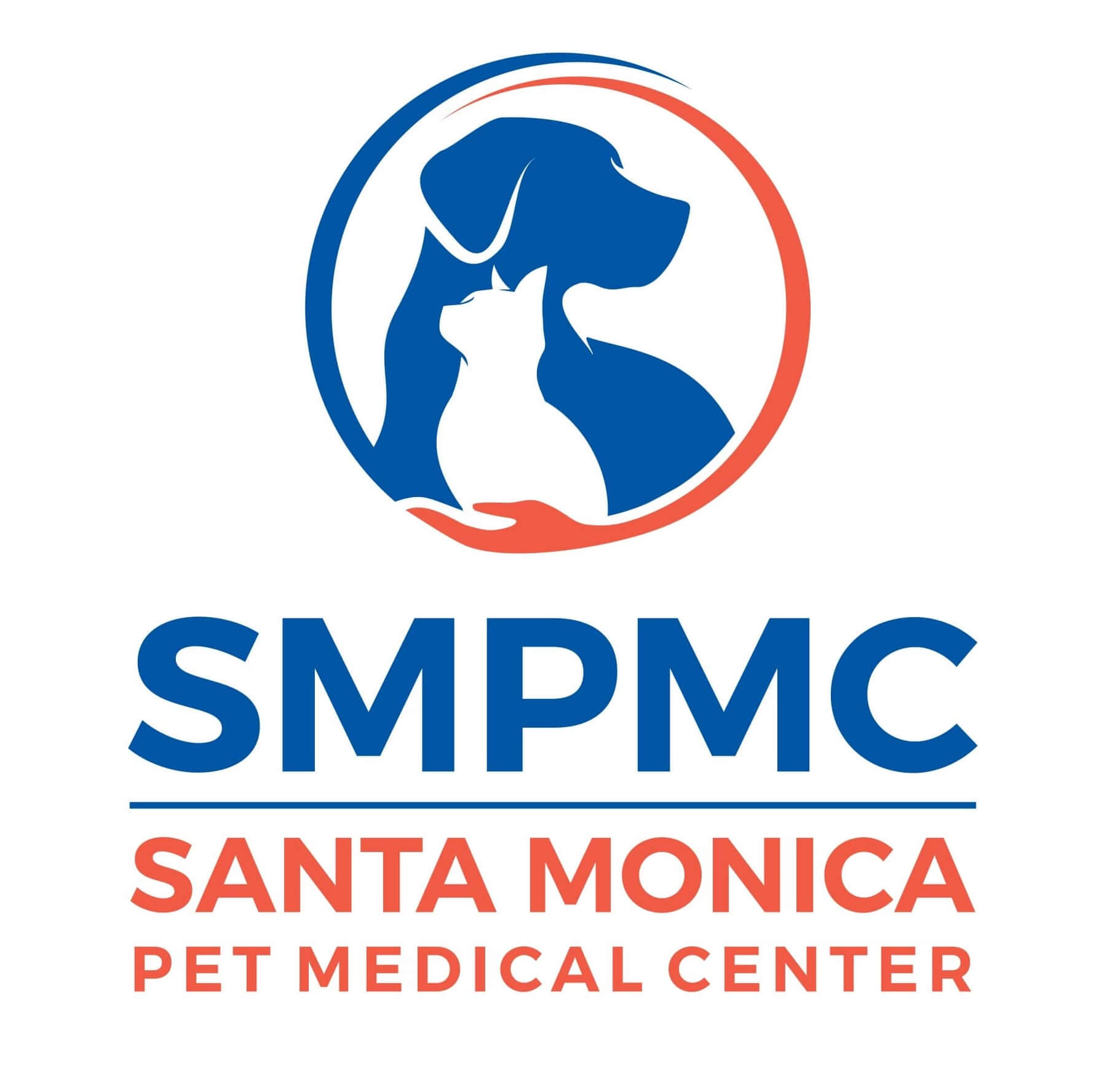Importance of Early Chronic Kidney Disease Detection in Pets
Your pet’s kidney health is vital to their quality of life (QOL) and overall wellbeing. Chronic kidney disease (CKD) is common in pets, especially seniors, but this condition often goes undiagnosed and untreated because signs don’t typically manifest until the disease is advanced. As your other family doctor, our Santa Monica Pet Medical Center team offers information about CKD and explains why early detection is so critical for your pet’s health.
Normal pet kidney function
To understand CKD, you must first understand normal kidney function. The kidneys are small, but they play many important roles in keeping your pet healthy. Kidney health is essential, and your pet’s life is dependent on these organs’ proper functioning. Let’s take a look at a few of the many jobs the kidneys perform:
- Toxin removal — One of the most critical kidney functions is toxin removal. The kidneys filter out metabolic waste products to clear these damaging compounds from the bloodstream.
- Urine production — The kidneys produce urine to remove toxins and regulate the body’s water. When your pet is dehydrated, the kidneys make concentrated urine, and when your four-legged friend drinks an excess amount, they make dilute urine.
- Red blood cell (RBC) production — The kidneys produce the hormone erythropoietin, which is necessary to stimulate the bone marrow to produce RBCs.
- Blood pressure regulation — The kidneys are part of the complex renin-angiotensin-aldosterone system, which helps regulate blood pressure.
- Protein conservation — The kidneys have sophisticated filtering units that retain important proteins when they filter out toxins.
- Mineral and electrolyte regulation — The kidneys help regulate the body’s minerals, such as calcium and phosphorus, and electrolytes, such as sodium and potassium.
Chronic kidney disease causes in pets
In many cases, the cause of your pet’s CKD cannot be identified. However, factors that can increase your pet’s CKD risk include:
- Age — Senior pets, especially cats, have an increased CKD risk. An estimated 30% to 50% of cats 15 years of age and older have CKD.
- Weight — Overweight and obese pets have an increased CKD risk.
- Acute kidney injury (AKI) — Pets who experience AKI can develop CKD. Conditions that can lead to AKI include toxicity, heatstroke, blood loss, urethral obstruction, and leptospirosis.
- Dehydration — Dehydrated pets have a high CKD risk.
Chronic kidney disease signs in pets
Most pets don’t exhibit CKD signs until 70% or more of their kidneys’ functioning units have been damaged. When CKD signs are present, they may include:
- Lethargy
- Decreased appetite
- Weight loss
- Increased water intake and urination
- Bad breath
Chronic kidney disease diagnosis in pets
Detecting CKD before signs manifest is important to provide the best prognosis for your pet. The most effective way to monitor your pet’s kidney health is through routine wellness examinations with our Santa Monica Pet Medical Center team. We recommend that adult pets be evaluated once per year, and senior pets and those with a known health condition should be assessed at least every six months. To screen your pet for CKD, our team will perform the following diagnostic screenings:
- Physical examination — During a thorough physical examination, we palpate your pet’s abdomen to detect kidney size changes.
- Complete blood count (CBC) — A CBC can detect anemia, which many CKD patients experience.
- Biochemistry profile — A biochemistry profile includes kidney enzymes such as creatinine and blood urea nitrogen (BUN). These values’ elevations can indicate CKD. However, 70% of a pet’s kidney function has decreased before these changes appear. In addition, other factors can influence these enzyme level values.
- Symmetric dimethylarginine (SDMA) — Our Santa Monica Pet Medical Center team also evaluates your pet’s SDMA, which is a more sensitive and specific CKD test. When as little as 25% of a pet’s kidney function has decreased, their SDMA level begins to increase. SDMA testing helps us detect CKD much earlier than traditional creatinine and BUN enzyme level tests.
- Urinalysis — Factors, such as the urine dilution and presence of protein, can help diagnose CKD.
If we suspect your pet has CKD, our team may recommend they have additional tests. We may perform these diagnostic screening tests:
- Blood pressure measurement — Many CKD pets have high blood pressure, which can further damage the kidneys.
- Urine culture — We may culture your pet’s urine to ensure an infection isn’t contributing to their problem.
- X-rays — Our team may take abdominal X-rays to help evaluate your pet’s kidneys.
- Ultrasound — Ultrasound is another imaging technique that may be useful to assess your pet’s kidneys.
Chronic kidney disease treatment in pets
CKD has no cure, but our team can provide management strategies to help slow disease progression and improve your pet’s QOL. When CKD is detected in the early stages, management is much easier, typically involving maintaining your pet’s hydration level and changing their diet to a prescription renal food. In more advanced cases, we may offer other treatments such as:
- Blood pressure medication — Hypertensive pets need medications to control their blood pressure. These medications can also help prevent protein loss in the urine.
- Anemia management — Anemic pets may need medications to increase their RBC production.
- Phosphorus binders — When your pet’s diet does not control their phosphorus levels, they may need phosphorus binders.
- Antinausea medications — Nausea and vomiting may affect a pet with advanced CKD. They usually need medications to control these issues.
Early CKD detection is the best way to keep your pet happy and healthy for as long as possible. To schedule your pet’s annual or biannual wellness exam, schedule an appointment with our Santa Monica Pet Medical Center team.
